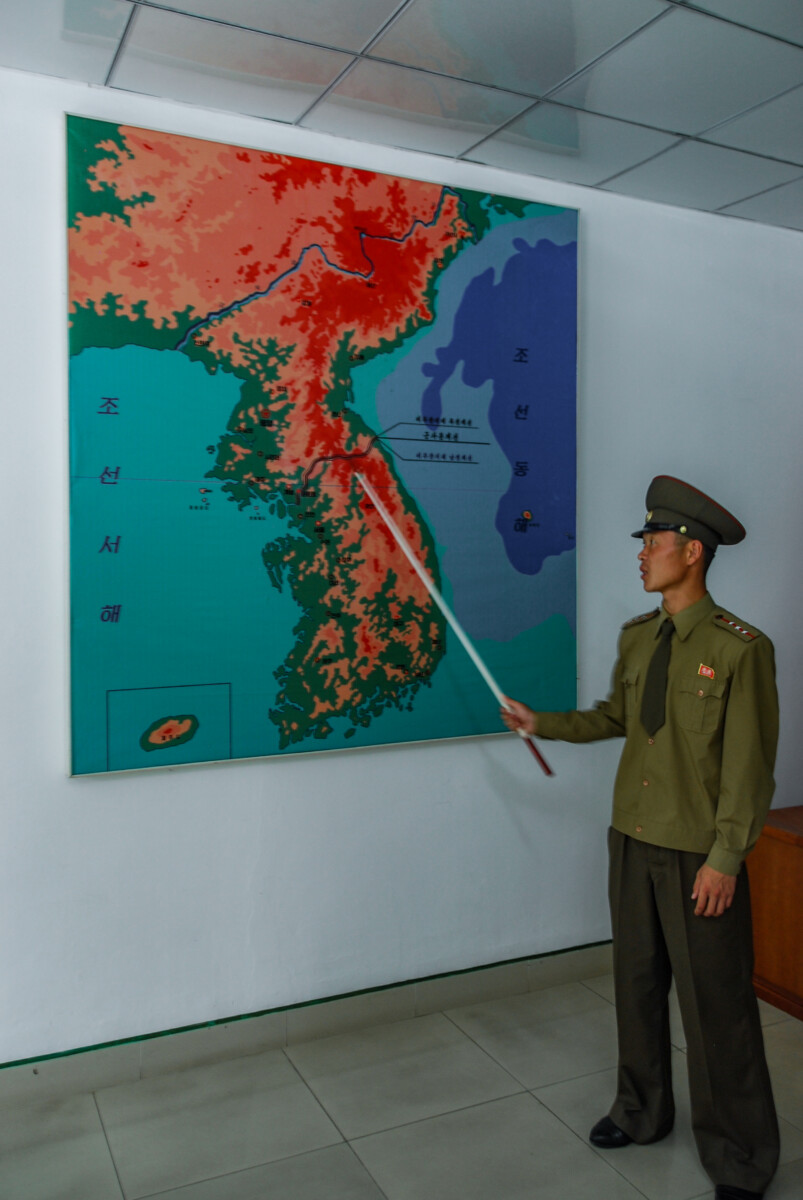Reunification has disappeared, leaving only hostility

When I lived in North Korea, our rivals in the South were depicted as “the same people, a counterpart we must one day reunite with.”
Of course, there was criticism that honed in on the differences between our systems, but the idea of reunification was always present.
The history taught in schools, the news on television—all of it framed reunification with the South as the ultimate goal.
The slogan “By our nation, for our nation” was central, and the belief that North and South would eventually become one was a core part of state propaganda.
But after Kim Jong-un came to power, portrayals of South Korea gradually became more hostile.
Then, at the end of 2023, Kim declared that “reunification with the Republic of Korea will never be possible.” He redefined our standoff with the South as “a relationship between two belligerent states at war.”
This was not mere rhetoric. It led to a push to amend the constitution through the Supreme People’s Assembly, with the intention of removing the word “reunification” altogether.
At the same time, organizations related to reunification, such as the Committee for the Peaceful Reunification of the Fatherland and the Mt. Kumgang International Tourism Bureau, were dismantled. The northern section of the Gyeongui Line railroad, once a symbol of inter-Korean exchange, was physically severed.
The Monument to the Three Charters for National Reunification, which commemorated Kim Il-sung’s reunification legacy, was demolished.
North Korea now officially designates South Korea as its “primary enemy” and “unchanging main adversary.” This posture is reflected in education and propaganda.
The shift is not merely for domestic consumption. It also underscores the North’s diplomacy. In September 2025, Kim reportedly sought understanding from Chinese President Xi Jinping regarding his policy of abandoning reunification, and explained the same to Russian President Vladimir Putin, gaining their support.
North Korea is now presenting to the international community a “two hostile states” narrative, reframing its relationship with South Korea from one of ethnic connection to political antagonism.
Despite these changes, the perception among ordinary citizens is different. With survival being the most pressing concern, people have little capacity to deeply engage with political messaging. No matter how strongly the government labels South Korea as the enemy, people still say, “At least in the South, people can eat.” There is a wide gap between state propaganda and the actual perceptions of the people.
Especially among the younger generation, exposure to outside information has led them to view South Korea as “a prosperous country” and “a place they want to go.”
South Korean dramas, news, and music are spreading through USB drives and SD cards, and more people are secretly using Chinese mobile phones.
In border regions, despite the risks, people engage in communication and information exchange with the outside world as a matter of survival, and efforts to access the outside world continue.
- Air Force marks 80th anniversary… Kim stresses airspace sovereignty and nuclear deterrence - December 6, 2025
- Kim highlights power plant construction…Ignores people’s suffering - November 25, 2025
- How our childhood gifts from the benevolent leader actually came from the sweat of our parents - November 24, 2025

